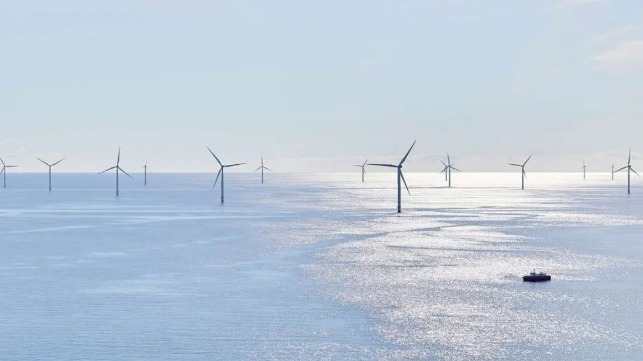BOEM Issues Approvals for U.S.’s Fifth and Sixth Offshore Wind Farms

The Biden administration is moving forward continuing to follow its path for the development of the offshore wind energy industry. The Bureau of Ocean Energy Management (BOEM) has issued key approvals for the fifth and sixth large-scale offshore wind farms clearing the way for the projects to proceed despite the financial challenges that remain for some of the projects.
BOEM issued today the approval for the sixth project reporting that it will be publishing the Record of Decision for Empire Wind, a large, two-phase project planned by Equinor and BP to provide power to New York. This came after the recent approval of the Construction and Operation Plan for Revolution Wind, which is a shared project between Connecticut and Rhode Island. Planned by Ørsted and Eversource Energy, this project received its Record of Decision in August 2023.
“Today’s approval of the sixth offshore wind project adds to the significant progress towards our administration’s clean energy goals,” said Interior Secretary Deb Haaland. The administration highlights that it has held four offshore wind lease auctions, and now approved six projects. They also highlight plans for additional auctions and the ongoing approval process for other projects toward the U.S. goal of 30 GW of offshore wind energy by 2030.
The Record of Decision is a critical final step before work could begin on the construction of the wind farm, but uncertainty continues to hang over this project after the developers sought to revise the power agreements. The plan calls for two phases located about 12 nautical miles south of Long Island and 17 miles east of Long Branch, New Jersey. The Record of Decision includes mitigation steps while they build up to 147 wind turbines with a total capacity of just over 2 GW. Empire Wind also committed to establishing fishery mitigation funds to compensate commercial and for-hire recreation fisheries for any losses directly arising from the project.
While the project now has federal approval, the New York Public Service Commission (NYPSC) rejected a petition from the developers last month that sought to renegotiate the price of power with the New York State Energy Research and Development Authority (NYSERDA). Equinor and BP have threatened to cancel their power contracts and walk away from the project. New York’s governor opened the door to rebidding the projects in the next RFP from the state which is due to be released on November 30 and decided in February 2024. NYSERDA reports that it has not received an official cancelation, instead believing that Empire Wind wants to review the RFP before deciding on its actions.
Despite the uncertainties for the Empire Wind project, Revolution Wind highlights that it is moving forward with all phases of construction now that it has received its final approval. Ørsted and Eversource said that onshore construction is already well underway and that offshore work will ramp up in 2024. They expect the project to be operational in 2025 supplying 400 MW to Rhode Island and 304 MW to Connecticut.
The companies reported that they reached provisions and protection agreements working with a range of organizations which were incorporated into the final COP. This includes one-mile turbine spacing and mitigation measures.
The project is also expected to make a significant contribution to the development of the industry in the region and provide work in the shipbuilding sector. They will be investing $100 million into the redevelopment of the State Pier in the Port of New London, Connecticut, to be a terminal for staging and assembly. Components are already being built at ProvPort in Providence, Rhode Island and they plan to expand those efforts. Blount Boats and Senesco Marine also received orders to build a total of five crew transfer vessels to support the operations of Revolution Wind.
BOEM Director Elizabeth Klein highlighted that they have already achieved significant steps for the industry. Working with partners, she says BOEM remains committed to moving the development of the industry forward.
